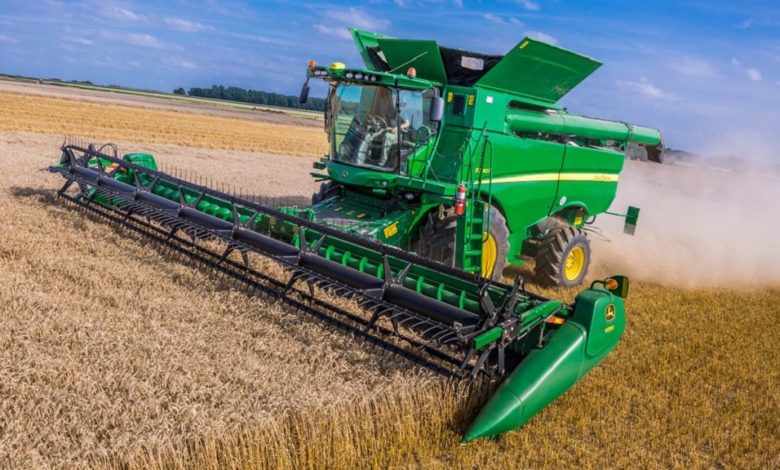Testing of in-service lubricants & coolants in agriculture equipment
Agribusinesses cannot afford to have production equipment that represents a significant investment go down unexpectantly. Proactively used, in-service oil and coolants analysis of agricultural equipment saves on repair costs and downtime at a modest investment.

Agricultural equipment can endure extensive hours of operation under sometimes severe environmental conditions and exposure to multiple sources of contamination. Testing of in-service lubricants and coolants for quality and performance helps ensure the reliability of machines. Testing when used consistently will also trend abnormal wear and contaminants in major agricultural equipment.
Fluid analysis also works in conjunction with sensor technology to optimize reliabity. It is estimated that 15% of agribusiness cost is for equipment capital investment. Major equipment capital cost for agribusiness can cost 200k to 500k or more.
- Testing provides inspection and condition monitoring relevant to several areas.
- Condition based maintenance – optimize uptime, failure cost avoidance
- Optimize drain intervals when equipment availability is at a premium
- Purchase of used equipment
- Warranty support and trade-in value
- Optimize preseason maintenance and startup
- Seasonal mothballing
Testing services can often be accessed through agribusiness lubricant marketers. Inspection of components in operating equipment can include engine and drive trains, gearboxes, and hydraulic power units.
Case Study: Harvester
An analysis carried out on a harvester diesel engine showed water and silicon contamination. Additionally, analysis showed the presence of elevated wear metals as well as elevated nitration, sulphation, and oxidation. The result indicated significant external contamination that has resulted in engine wear and lubricant fluid degradation.
The client performed an inspection and provided feedback which identified a problem in the engine oil dipstick seal. This allowed water and dust to enter and consequently caused lubricant degradation and wear.
After engine maintenance, ALS received a follow up sample and the result changed to “normal”, demonstrating the effectiveness of the intervention performed and the importance of monitoring fluids to prevent failure and ensure equipment health and reliability.
With the analysis, the client avoided a higher cost of $6,909.43. Without the analysis, he would have to bear the costs of lubricant degradation, engine failure, and damage to the pistons and liners.
Contact ALS Tribology for more information about our testing services.







